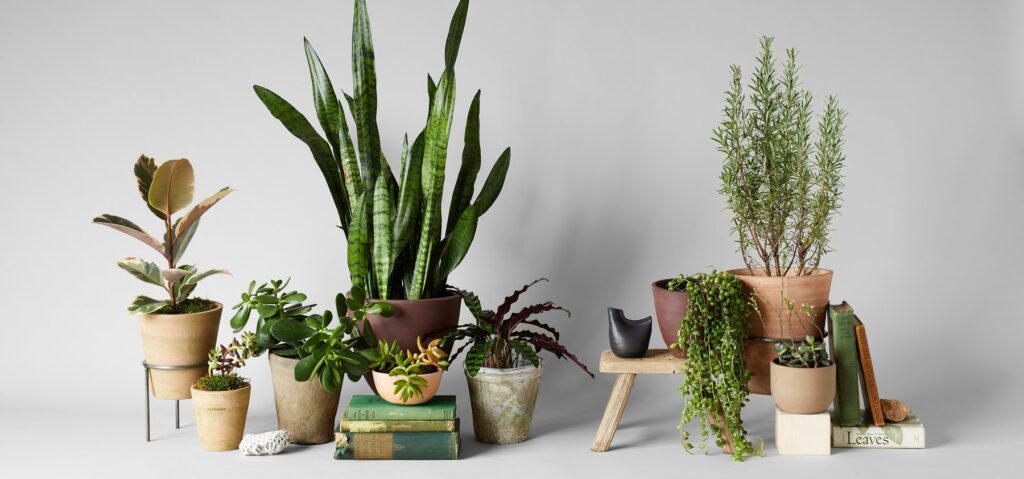Have you been using artificial Plants instead of the real deal to add a little life to a dark corner?
Well, you will be delighted to know that there exist many gorgeous indoor Plants that don’t need a ton of sun or gardening expertise. Indoor Plants are a great way to bring colour and life to an area. They have the added advantage of purifying the air, thereby creating a healthier environment for you and your loved ones.Deep in the tropical jungles, dense canopies of trees block the sun from shining on the forest floor. But many varieties of plants thrive in and prefer the shadows and darkness. Your home or office is no different. Don’t let the fear of low sunshine keep you away from enjoying a piece of mother nature
Whether you are a succulent lover or fancy yourself a vine (pun unintended!), we have got a little something for everyone!
The Best Low-Light Indoor Plants for Home and Offices
Discover 13 of the best low-light indoor Plants that will grow beautifully even in the dimmest corner of your home:
1. Ivy Plant
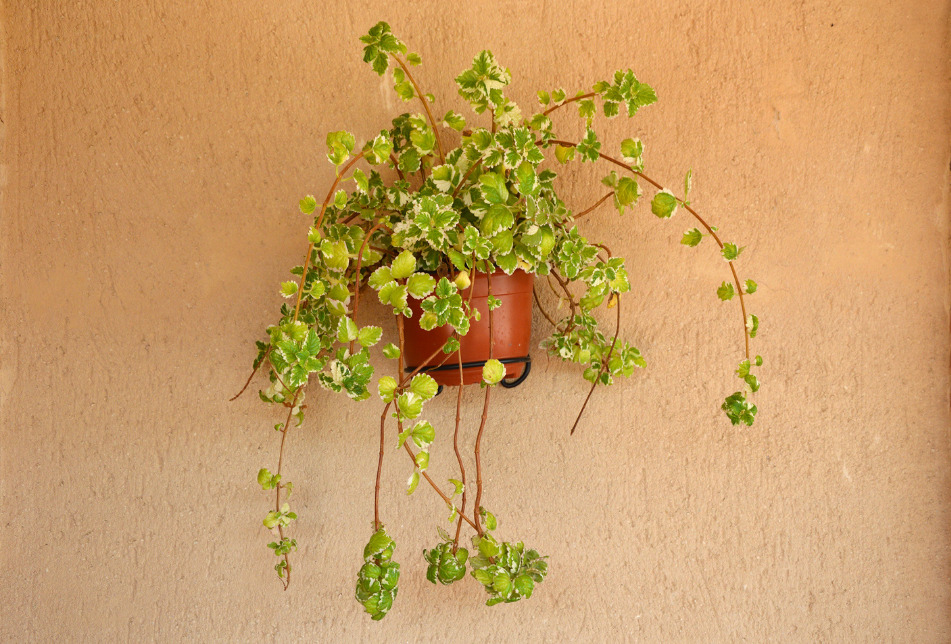
Features
Size: 6 to 8 inches
Soil: Well-draining rich organic soil
Sunlight: Partial to Full shade
Water: When the top inch of soil begins to dry
– When the Ivy Plant stops growing or producing its leave, avoid fertilizing it.
– It is advisable to Plant the Ivy on a hanging pot or basket as this helps to spread the vines and adds more beauty.
Ivy Plants, also known as Hedera, are climbers that are known for their broad and beautiful leaves. They can be easily Planted around circular pillars and poles. It needs very little attention as they work just fine on their own. If you do not wish for your ivy to climb, you can Plant it in a pot and make it a table Plant. The only maintenance that these Plants demand is the length of their branches which must be trimmed regularly. These plants should only be watered when you feel that the soil has dried up.
2. ZZ Plant
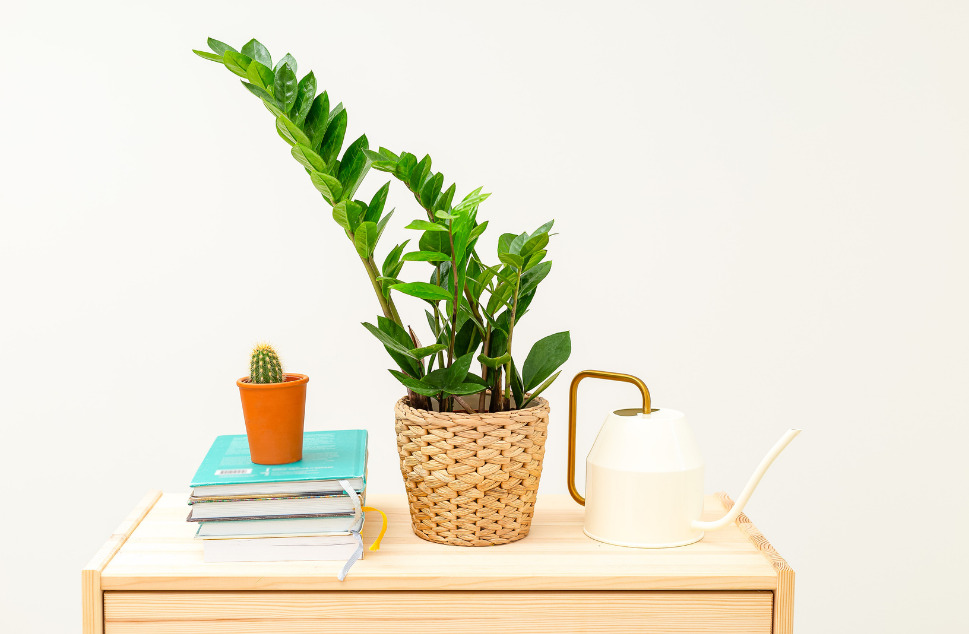
Features
Size: 16 to 28 inches
Soil: Well draining potting soil
Sunlight: Partial to Full shade
Water: Once every 2 to 3 weeks
– Gently wipe away dust with a damp washcloth to restore your ZZ’s shine.
– This Plant should be kept away from dry air as it can turn out to be fatal
Another Plant that does well in low light is the ZZ Plant. The Zanzibar Gem has benefits you don’t want to miss out on. It is known to reduce stress and purify the air from toxins like xylene and toluene, making it an excellent choice for an indoor house Plant. It also increases oxygen level wherever it’s kept. So with this Plant around, you are sure to breathe in cleaner and healthier air.
3. Lucky bamboo
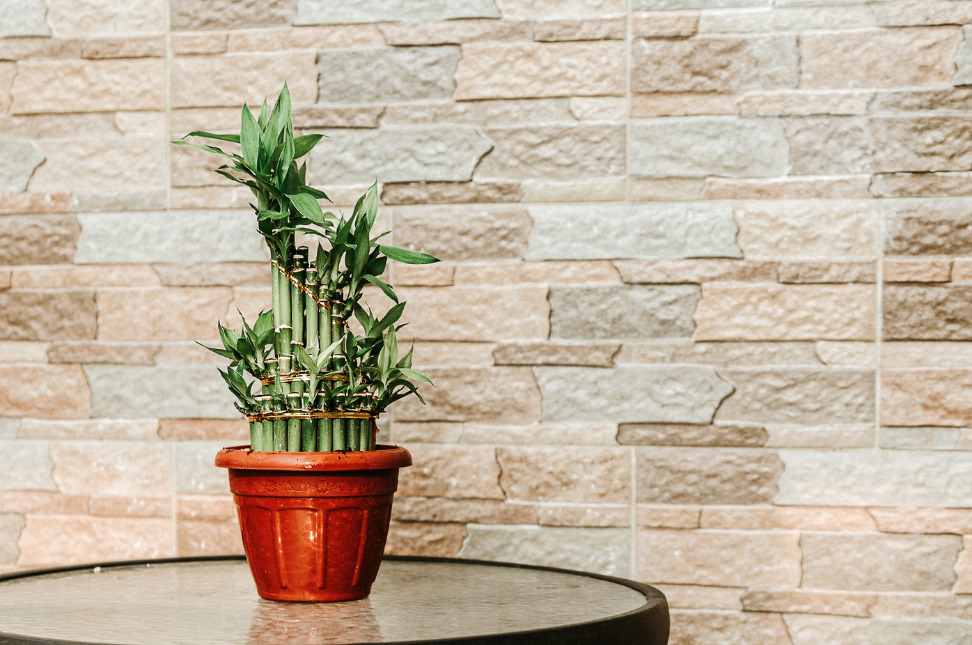
Features
Size: 2 to 3 feet
Soil: Regular potting soil
Sunlight: Moderate Indirect sunlight
Water: Once a week
Lucky Bamboo Hacks
– If growing the Plant in water, change the water every seven days.
– Clean the container in which the Plant is kept to avoid grow of algae.
Who does not know this one, right? Lucky Bamboo, also known as Dracaena Sanderiana is one of the most popular housewarming gifts and relatively easy to take care of, requiring low to medium light. It can grow as well in water as it can in soil. The Lucky Bamboo does not require any fertilizers to grow and can do just fine on its own with clean water.
4. Peace Lily
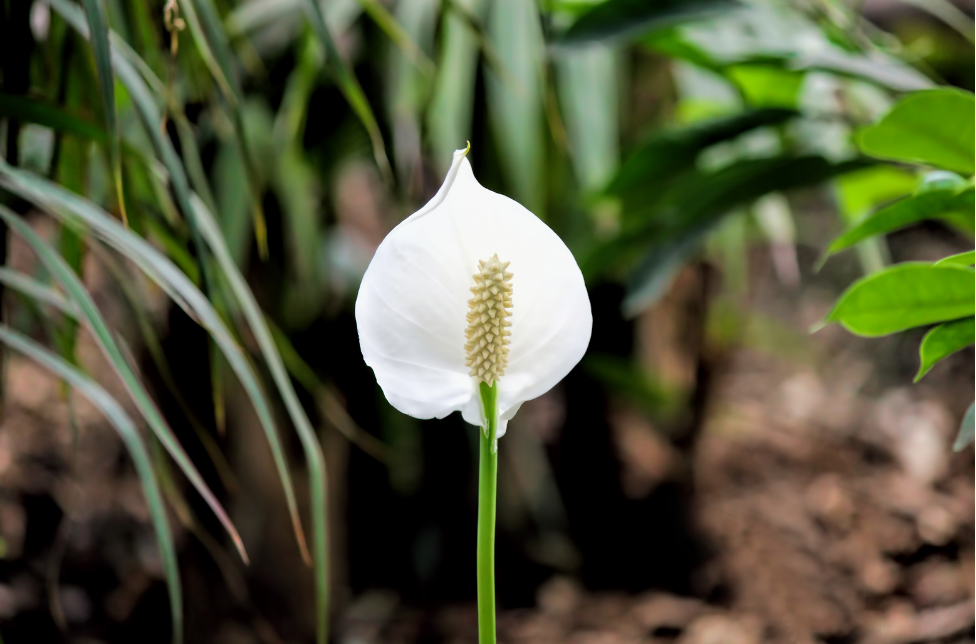
Features
Size: 2 to 3 feet
Soil: Regular potting soil
Sunlight: Partial shade to Indirect sunlight
Water: Once a week
Peace Lily Hacks
– Cut off the brown old stalks to allow for new stalks to grow
Peace lily, or Spathiphyllum as the white-coats like to call it, is a flowering plant that blooms and reblooms several times a year. It has extremely low-light requirements. This Plant is not just a fantastic air purifier but is also very low-maintenance to have in your house. With its vibrant colours, it is sure to bring renewed energy to your home.
5. Spider Plant

Features
Size: 6 to 12 feet
Soil: Well draining sandier soil
Sunlight: Partial shade to Bright indirect sunlight
Water: Let the soil dry before watering
Spider Plant Hacks
– Browning of leaf ends may be due to build-up of minerals or salts. Water the plant thoroughly until it starts to drain out.
– Frequent misting in the winters will prevent the leaf tips from turning brown.
Spider Plants have long arching leaves that send out adorable baby Plants at its tips, which bear a striking resemblance to little spiders. Thus the Plant’s name! These easy-to-grow houseplants look particularly lovely in a hanging basket. NASA also highlighted it for its air-purifying ability. The Spider Plant is a great desktop or basket Plant to grow in low-light conditions.
6. Chinese Evergreen
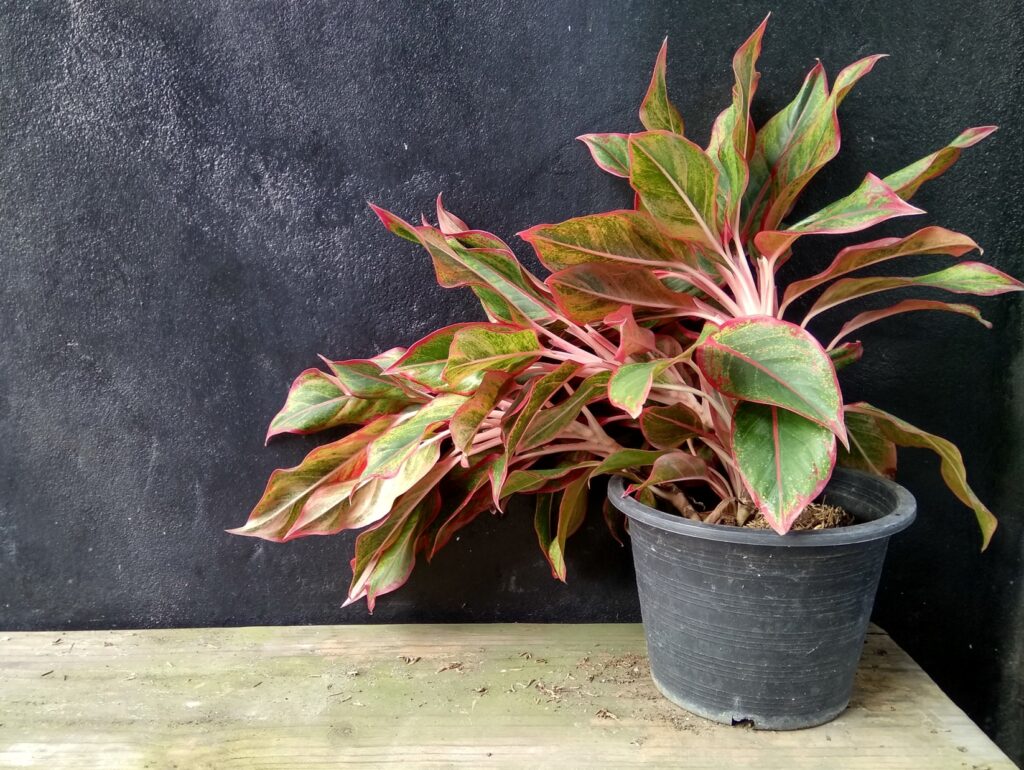
Features
Size: 1 to 2 feet
Soil: Well draining potting soil
Sunlight: Partial to full shade
Water: Moist soil at all times
Chinese Evergreen Hacks
– Rotate your Plant weekly to maintain a well-rounded shape.
– For faster growth, you can prune off the flowers when it blooms
The Chinese evergreen is one of the easiest indoor plants to grow, making it extremely popular amongst indoor growers. This slow-growing plant comes in several exciting varieties and colours. These decorative Plants have fabulous foliage and are little enough to adorn a tabletop when young. As they grow big, you can re-pot them as floor Plants. Their almost indestructible property makes them perfect for growing in offices and malls.
7. Snake Plant

Features
Size: 6 to 12 feet
Soil: Well draining sandier soil
Sunlight: Partial shade
Water: Let the soil dry before watering
– While this is a tough plant to kill, overwatering and cold temperatures can come close.
– Gently wipe down the leaves with a damp cloth as it can accumulate dust over time.
Another NASA certified air purifier – the Snake Plant – is easily a frontrunner in the Toughest Plant category. For very little care and attention, you will be rewarded with pure and healthy air. Genetically referred to as Sansevieria, their sword-like leaves are stiff, broad, and grow upright. A popular variety called Mother-In-Law’s Tongue has a yellow border along its sharp edges resembling a tongue.
8. Bird’s Nest Fern
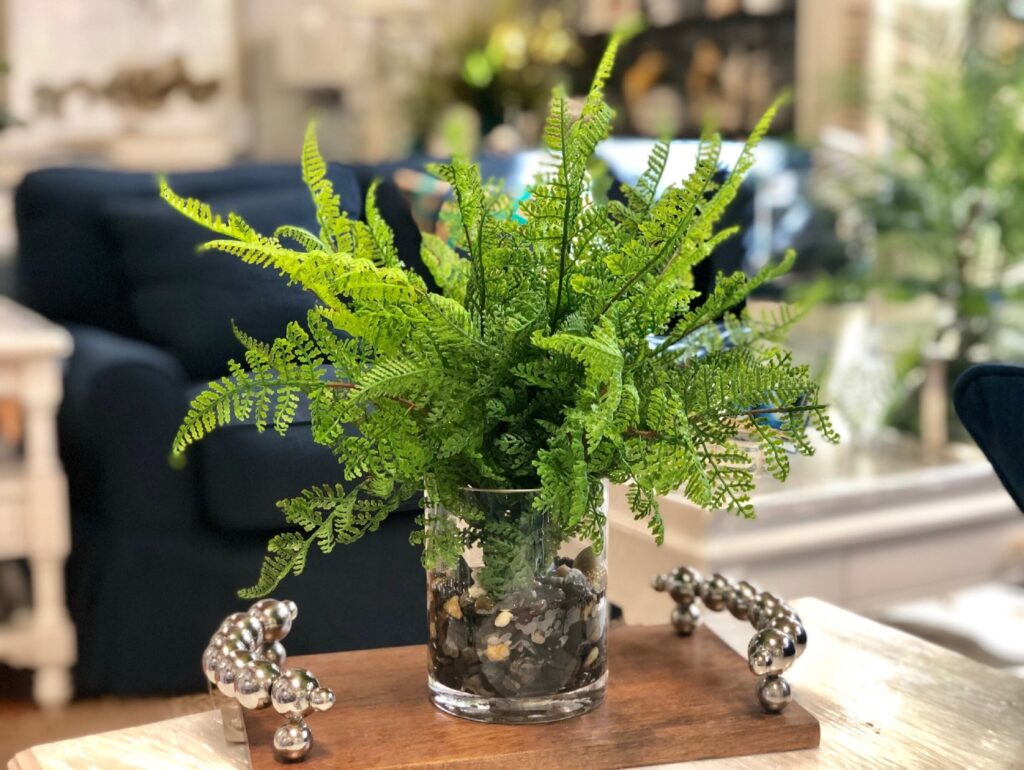
Features
Size: 3–5 feet tall
Soil: Well draining loamy soil
Sunlight: Partial to full shade
Water: Frequent watering to ensure moist soil
Bird’s Nest Fern Hacks
– Water around the soil to avoid the center where water may accumulate and cause rot
– Add a layer of mulch on the soil for moisture retention.
The Bird’s Nest Fern is a tropical epiphytic plant that grows on the surface of other plants. These beautiful, shrubby plants have long, wavy, glossy leaves that rise from a central rosette, giving it the appearance of a bird’s nest. The light green fronds resemble banana leaves. In its natural habitat, they can grow up to lengths of 5 feet or more. Although as a houseplant, the Bird’s Nest fern generally grows about 2 feet long. Its ability to self-reproduce, grow in low light environments, and survive harsh conditions makes it an ideal choice even for the inexperienced gardener.
9. Monstera
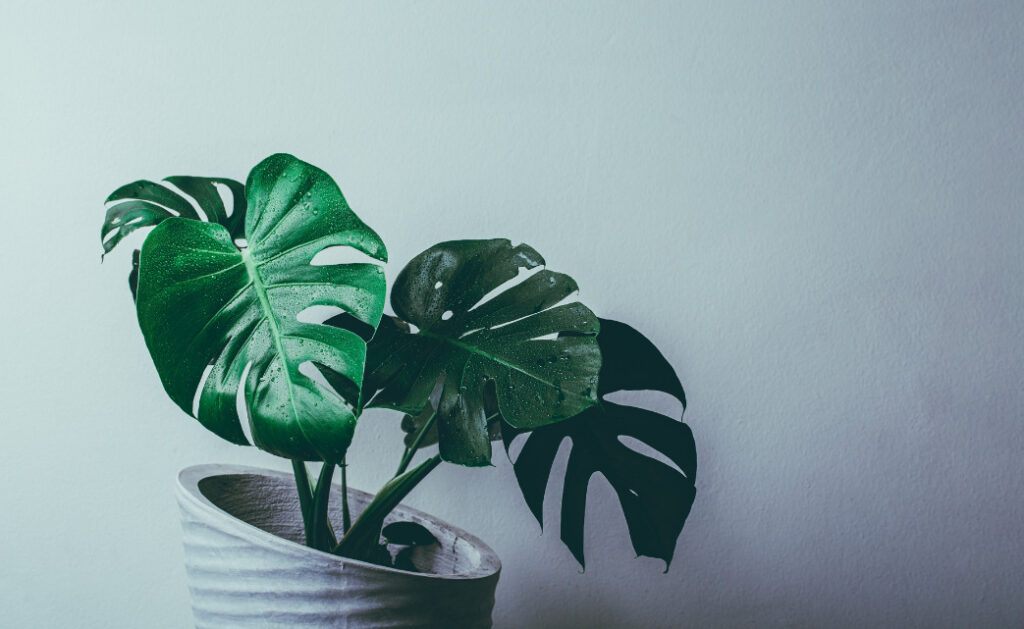
Features
Size: 6 to 12 feet
Soil: Well draining sandier soil
Sunlight: Partial shade
Water: Let the soil dry before watering
– While this is a tough plant to kill, overwatering and cold temperatures can come close.
– Gently wipe down the leaves with a damp cloth as it can accumulate dust over time.
Known as the Swiss Cheese of Plants, the Monstera’s statement-making leaves are artistically perforated with natural holes. Over the ages, it has inspired trendy prints on everything from pillows to wallpaper. It is known to grow up to dozens of feet tall with leaves almost two feet wide.
10. Peperomia Plant
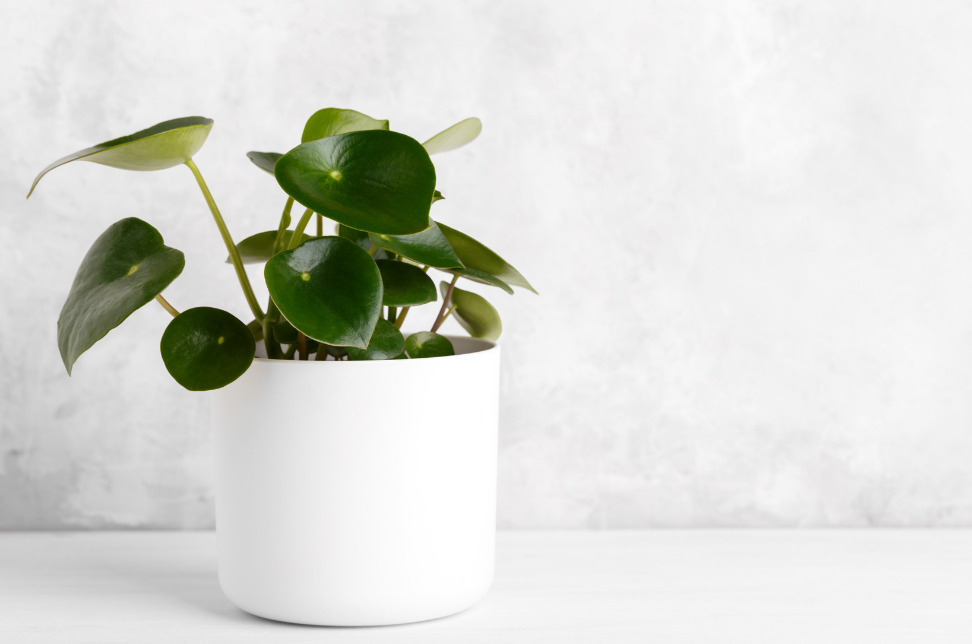
Features
Size: 6 to 12 inch
Soil: Well draining moist soil
Sunlight: Partial shade to Full sun
Water: Let the soil dry before watering
– You can grow Peperomia under fluorescent lights.
– Peperomia Leaves may curl due to bugs or nutrient deficiency.
The Peperomia, or ‘Peperomia Pellucida”, is a small and compact tropical Plant that sits perfectly on your table or desk amidst your Houseplant collection. It is meant for those who have very little time to look after their Plants. It has over a 1000 species with spectacular shapes and colours, although not all of them are tolerant to low light. It is easily propagated, so you never have to buy another Peperomia again. Just place this forgiving plant in a cool shady room to give it a fresh and tropical look.
11. Pothos Plant
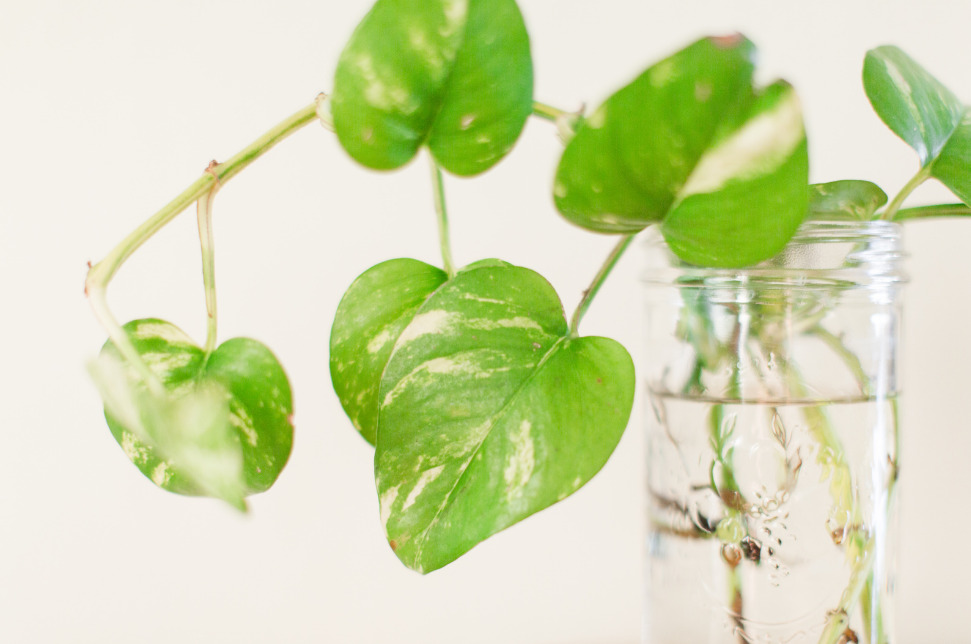
Features
Size: 20 to 40 feet
Soil: Well draining moist soil
Sunlight: Fluorescent light, Partial shade to bright sun
Water: Let the soil dry before watering
– Cold temperatures can cause blackened leaves and little to no growth.
– Shriveled, or brown edges on leaves indicates underwatering.
Not only is the Pothos easy and quick to grow, but it can also tolerate low light, infrequent watering and are pes1″t and disease resistant. As a cherry topping, these tropical vines have been declared a top air purifier by NASA. This versatile plant can be grown in soil or vases of water. They will look great in hanging baskets, stands, and shelves and are a foolproof choice for darker rooms and offices.
We hope you enjoyed the article and were able to choose a new companion who will keep you occupied and be your escape in the midst of the chaos that rages outside everyday.

